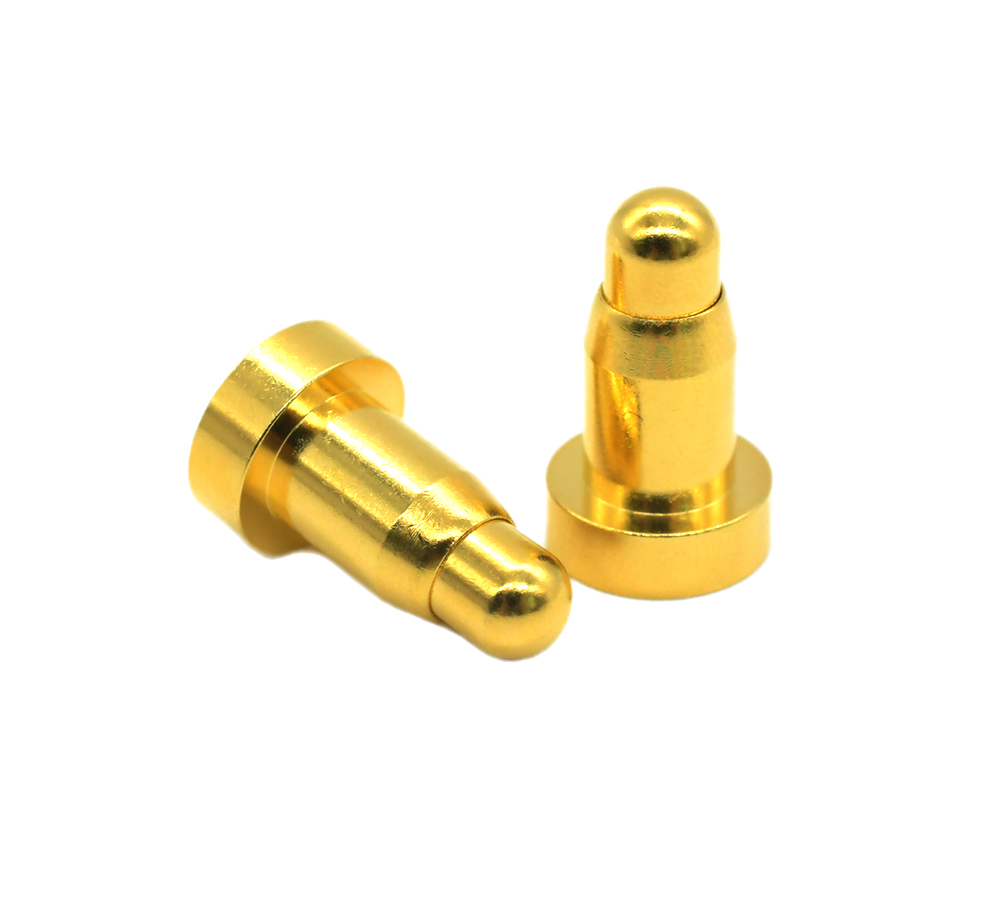Time:2025-04-28 Views:1 source:News

In today's highly electrified and wireless world, electromagnetic radiation has become a significant concern, especially for electronic components like pogo pins. Pogo pins, which are used to establish electrical connections in various electronic devices and systems, can be both emitters and receivers of electromagnetic radiation. Implementing effective anti - electromagnetic radiation measures is crucial to ensure the proper functioning of these components and to prevent interference with other electronic devices.
One of the primary methods to reduce electromagnetic radiation in pogo pins is through proper shielding. Shielding involves enclosing the pogo pin or the entire assembly in a conductive material that can block or redirect electromagnetic waves. Metallic shields, such as those made of copper or aluminum, are commonly used. These shields are designed to form a Faraday cage around the pogo pin, preventing electromagnetic radiation from escaping or entering the pin. The shield can be integrated into the housing of the pogo pin or can be a separate component that is attached to the assembly. To be effective, the shield must be properly grounded, as grounding provides a path for the electromagnetic waves to be dissipated safely.
Another important aspect is the design of the pogo pin's internal structure. The geometry and layout of the pin's components can have a significant impact on electromagnetic radiation. For example, minimizing the length of the signal - carrying parts of the pogo pin can reduce the antenna effect, which is a major source of electromagnetic radiation. Additionally, using twisted - pair or coaxial cable configurations within the pogo pin for signal transmission can help to cancel out electromagnetic fields and reduce radiation. These cable configurations are designed to keep the electromagnetic fields contained within the cable, minimizing their leakage into the surrounding environment.
Electromagnetic compatibility (EMC) testing is also an essential part of ensuring that pogo pins meet anti - electromagnetic radiation requirements. EMC testing involves subjecting the pogo pins to various electromagnetic fields and measuring their response. This helps to identify any potential sources of electromagnetic radiation or susceptibility to interference. Based on the test results, adjustments can be made to the design or shielding of the pogo pins to improve their EMC performance. For example, if a pogo pin is found to be emitting excessive electromagnetic radiation at a certain frequency, additional shielding or filtering components can be added to reduce the radiation at that frequency.
In addition to physical shielding and design improvements, the use of electromagnetic - absorbing materials can also be effective in reducing electromagnetic radiation. These materials are designed to absorb electromagnetic waves and convert their energy into heat, thereby reducing the amount of radiation that is reflected or transmitted. Electromagnetic - absorbing materials can be applied to the surface of the pogo pin or incorporated into the housing. They are particularly useful in applications where traditional shielding methods may not be sufficient or practical.
Furthermore, proper grounding and bonding techniques play a crucial role in anti - electromagnetic radiation measures. A good grounding system ensures that any electrical charges or electromagnetic fields are safely dissipated to the ground. This helps to prevent the buildup of static electricity and reduces the risk of electromagnetic interference. Bonding, which involves connecting different metal components together, also helps to create a continuous electrical path for the dissipation of electromagnetic fields, further enhancing the anti - electromagnetic radiation performance of the pogo pins.
Read recommendations:
Pogo Pin Connector Rapid Mass Production